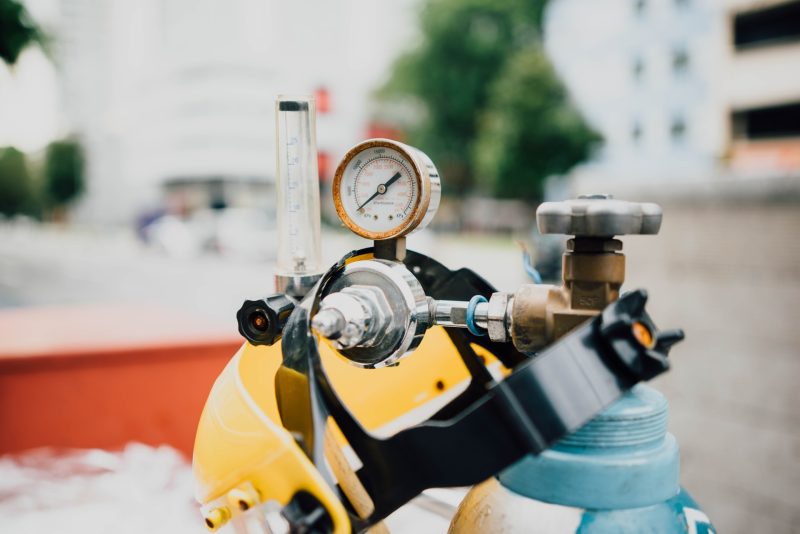Throughout the years, different vendors have been using the terms pressure sensors and pressure transducers interchangeably, leading to confusion. It is common for pressure transducers and pressure sensors to be confused as similar devices, but they perform totally different functions. Both the devices are used in pressure measurement applications; however, while transducers report continuous pressure data to controllers, which monitor and take action according to that data, sensors detect the pressure and turn that into a continuous output signal.
In other words, the key difference lies in the output signal. Both the sensor as well as the transducer sense changes in the environment they are surrounded by or the object they are attached to. However, the sensor will give the measurement in a similar format, while the transducer converts it into an electrical signal. All transducers are sensors, but not vice versa.
What is a Pressure Sensor?
As the name suggests, a pressure sensor is a device that senses a change in the level of pressure and makes a measurement.
Pressure sensors are used to measure a physical quality and provide a corresponding output signal that can be measured, for instance, in the Bourdon tube of a mechanical pressure gauge, the pressure stresses the material which causes the tube to strain and uncoil, causing a deflect on the dial indicator.
What is a Pressure Transducer?
A pressure transducer is a device that measures pressure and converts the reading into an electrical or electronic signal.
Pressure transducers may have electrical components like a circuit board which is used to output the parameter in relation to the changes in pressure; i.e., their input and output signals are not the same as each other. For example, a strain gauge is used in pressure transducers as the sensing element. The resistance value changes with the strain.
Pressure sensors vs Pressure transducers
A pressure sensor performs the initial measurement and relays a pressure readout to a remote location, while a transducer converts this initial measurement into an electrical signal.
Using a pressure transducer, physical force is converted to a continuous voltage output (V). An amplified DC voltage output will be either 0-5V or 0-10V industry-standard outputs or unamplified millivolt outputs (mV), which offer lower power consumption and higher frequency response but are more sensitive to electrical noise.
Applications of a pressure sensor
A few applications of pressure sensors are in:
- Petrochemical industries often use sensors to measure pressure as part of automatic controls
- In water supply and sewage treatment, pressure sensors control and monitor the system and keep it safe
- Pressure sensors are used in the medical sector
- Aircrafts use pressure sensors to monitor engines, flaps, and other components.
Applications of a pressure transducer
Pressure transducers are used in many sectors. A few common applications are:
- Monitoring the fuel pressure in automobiles
- Transducers are used to sense the liquid level at pump stations
- Transducers are used in the HVAC system to monitor the liquid levels
- Altitude sensors are used in aircrafts
- Transducers are used to monitor both liquid and gas levels on medical devices
In the past few years, pressure sensors and transducers have made rapid progress. To find a wide range of pressure sensors at a reasonable rate, check out RS components.










